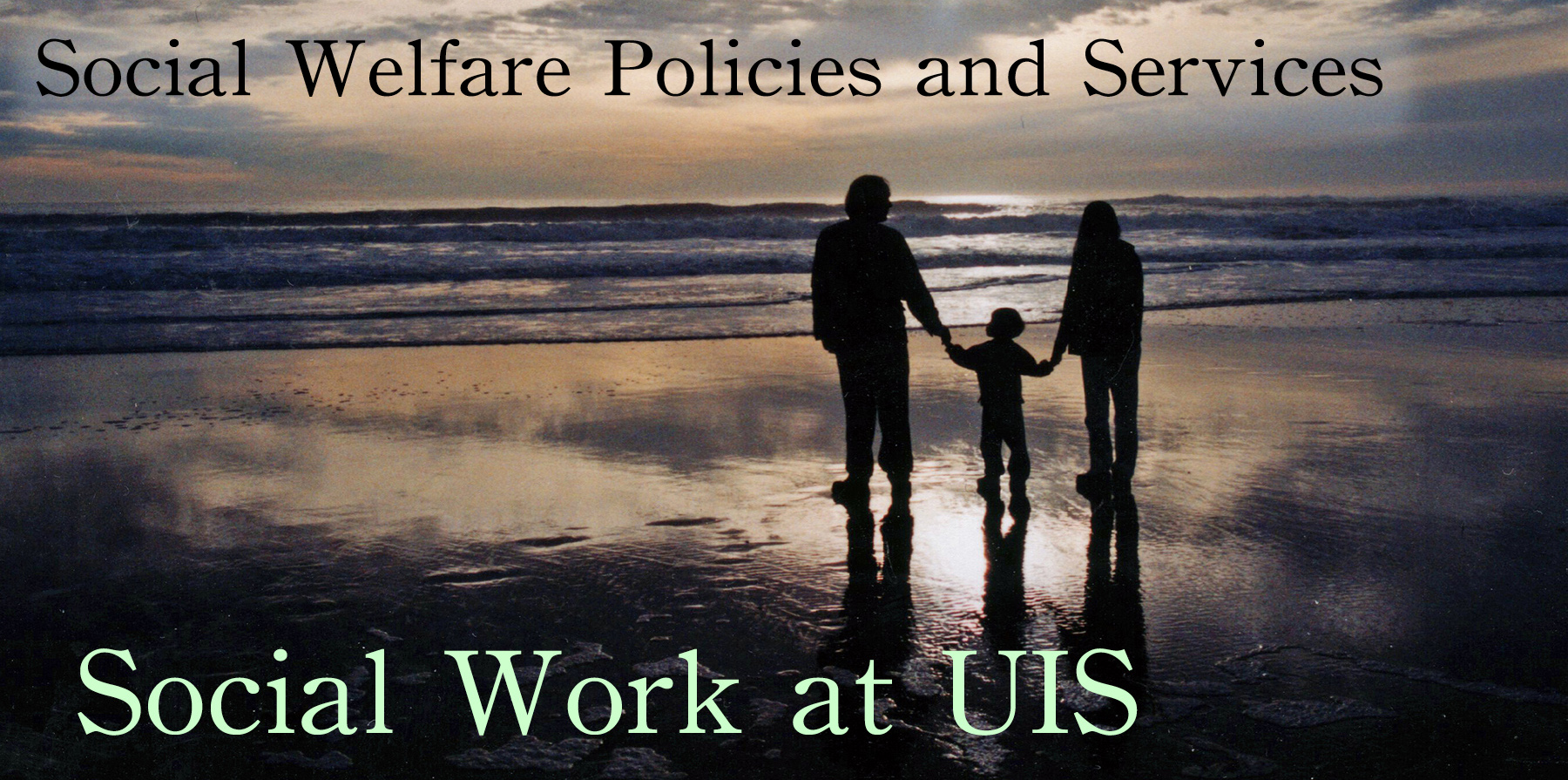Class session lasts from March 3 at 6:00 p.m. to March 10 at 5:59pm, but the discussion boards will not be graded until after March 17th.
This page describes what you should do in this second session.
What must you read this week?
To learn about the aging population, I want you to read these four items (total time of 1 hour and 25 minutes):
1) The Demography of Dementia and Dementia Caregiving. (40 minutes to read and study)
A report by Mark Mather and Paola Scommegna of the Population Reference Bureau (PRB) published on May 28, 2020.
2) The “About Us” page at the Area Agency on Aging for Lincolnland and the more comprehensive description of how Area Agencies on Aging are funded and what they do in this PDF from the National Association of Area Agencies on Aging (published in March of 2017) (about 30 minutes to read these two sources)
3) The aging population in the US is causing problems for our healthcare costs by Andrew Meola. July 18, 2019. Business Insider. (about 15 minutes to read this)
To learn about Medicare and Medicaid and health care costs in general, I want you to read this AARP publication drawing mostly on the expertise of Henry J. Aaron of the Brookings Institution (moderate) and Stuart Butler of the Heritage Foundation (conservative), being aware that no radical or liberal experts were consulted:
The Future of Medicare: 15 Proposals You Should Know About. [pdf] (June 2012) (about 20 minutes to read this)
To learn about the American housing policy, read this:
Read the most recent report on the State of Homelessness in America from the National Alliance to End Homelessness. (about 20 minutes)
To learn about the Nutritional Support, read these:
Read the summary (2 pages) of the most recent report on Household Food Security in the United States. (September 2020) (about 6 minutes)
Read the “regulatory reform at a glance” announcement on the final rule “Supplemental Nutrition Assistance Program (SNAP): Requirements for Able-Bodied Adults without Dependents” (December 2019) (about 6 minutes)
Read the fact sheet on the National School Lunch Program [pdf] (November, 2017) (about 8 minutes)
What must you watch or listen to this week?
You must watch this lecture on inequality and poverty (about 1h 20m):
You must also watch:
This video explaining the Universal Basic Income. (22 minutes) Kurzgesagt: What is UBI? How would free money change our lives?
This video offering an overview of the welfare system (30 minutes) Know Better: Welfare: The Complete Moderate’s Guide
What must you write this week?
Your second policy paper (neutral journalistic descriptive paper) is due in the 9th week of the semester. I recommend devoting 2 hours and 30 minutes to working on it in week 7 (mainly doing research and background reading), then devoting 2 hours to it in week 8 (writing a first draft), and then devoting about 3 hours and 30 minutes to finishing it and submitting it in the week 9. That would be a total of eight hours working on that paper, which should be enough time.
What else must you do this week?
You must use this simulation to try to save the Social Security Trust fund (20 minutes) The Reformer simulation at the Committee for a Responsible Federal Budget website
What are the discussion questions this week?
Discussion Question 1:
Discussion Question 7-1: Check in.
Tell the class a little about what is going on in your life; what have you done this past weekend, or what will you do in the coming weekend. What is going on that is holding your interest? What we you hopeful about?
Discussion Question 2:
Discussion Question 7-2: News about social welfare policies and services.
What have you seen in the news about social welfare policies and services? What events have recently happened that help us understand social welfare policies and services? If you have something to share here, it is helpful to offer a link to a news item.
Discussion Question 3:
Discussion Question 7-3: incomes, taxes, and inequality
After you have reviewed the online Keynote materials for the lecture on income taxes and inequality (the slides I use in the movie lecture), offer here one or two of the facts presented in those presentation slides that you think is most interesting or memorable.
Discussion Question 4:
Discussion Question 7-4: eliminating poverty
Review the hand-out [pdf] on eliminating poverty [docx], and then please offer your own ideas about how we can raise wages. Keep in mind that male hourly wages for full-time year-round workers in the USA peaked (in terms of what an hour's labor brought in wages) back in 1973, and female hourly wages peaked in 2007. How can we raise compensation, and create a wealthier society? Before you answer or post opinions on this topic, it's helpful if you have also reviewed the lecture presentation on inequality and taxes, and read the articles on the effects of raising the minimum wage.
Discussion Question 5:
Discussion Question 7-5: Question about the Univeral Basic Income
Consider the items that cost the most to reduce poverty and increase consumption (and income) for the poor and near-poor: Medicaid; Supplemental Nutrition Assistance Program; Earned Income Tax Credit; and Supplemental Security Income. These are all means-tested (middle-class and wealthy persons do not get these benefits). Medicaid costs about $466 billion from the Federal budget and probably about $300 billion from state spending, so it costs about $766 billion. The Earned Income Tax Credit will cost about $66 billion in 2020, but it will go up a lot in 2021. SNAP will cost about $93 billion in 2020. SSI will cost about $62 billion in 2020. Consider providing every American $1,000 per month. If 325 million Americans qualified for that, the cost would be $3,900 billion ($3.9 trillion). Now consider, do you think if we had a UBI, we would eliminate Medicare, SNAP, SSI, and the EITC? Why would we? If not, which programs would we keep, and how would we modify them?
Discussion Question 6:
Discussion Question 7-6: Question about the Univeral Basic Income
Since the writing of the history of Social Security you read in the sixth session, there have not been many changes to Social Security or Supplemental Security Income aside from growth. Social Security benefits are at about a trillion in 2020, and SSI now pays out over $60 billion each year. As you read the history, you will have noticed that the initial Social Security Act in 1935 was extremely radical and even revolutionary, but since that time, there have been many changes to the law, but nothing has radically changed Social Security pensions or Disability Insurance. There were changes to Cost-of-Living-Allowances (COLAs) and more recently the Retirement Earnings Test was repealed. Retirement ages have been lowered, and then more recently raised. In the early 1970s the Social Security administration took over the various programs for persons with disabilities and blind persons, which were consolidated into Supplemental Security Income. Medicaid and Medicare were introduced as part of the Social Security Act, but they have not been administered with Social Security. Mostly, over history, there have been these sorts of incremental changes, and we often make a distinction between “incremental change” and “major change” or “radical change” in the welfare system. Even if politicians fail to raise the payroll taxes to preserve the Social Security Trust Fund, it seems likely that when/if the Trust Fund is exhausted, the easiest course of action will be to cut benefits by about 15% and raise the payroll tax dramatically (to something like 15% instead of the 12.4% where it is now), and that would be more “incremental” than “radical” in my opinion.
Given this history and the idea that we often have incremental change rather than radical change, but in certain cases we do get radical change, my question is this:
In what conditions do we need radical change, rather than incremental change? and When do we actually get radical change rather than incremental change? That is, what allows our government to make major overhauls to the system and give us major new policies (Social Security, Medicare and Medicaid, and to some extent, the Affordable Care Act were examples of radical change—the 1996 Welfare Reform Act was sort of half-way between incremental and radical; it might be considered radical). Think about what was going on in 1935 (Social Security); 1965 (Medicare and Medicaid); 1996 (Welfare Reform); and 2010 (The Affordable Care Act).
Given your conditions for when we need radical change, do you think we need radical change now? Given your understanding of the circumstances that allow radical (rather than incremental) change, do you think we might get some radical change in the next four-to-eight years?
Discussion Question 7:
Discussion Question 7-7: Opinions on the Affordable Care Act
Having read about the Affordable Care Act, what are your feelings about the act now? Now that the Democrats have control of the House and Senate (but not enough control in the Senate to do anything to non-budget laws unless they get 10 Republicans to go along with them), and also the White House, what do you think they ought to do to improve the Affordable Care Act?
As you consider your answer or the answers of your classmates, you may want to consult the Kaiser Family Foundation’s analysis of the Biden plan for health care and their general resources on health care spending. The Economix website had good explanations of the Affordable Care Act and an update on it, and a story about the Republican attempt to replace it.
Discussion Question 8:
Discussion Question 7-8: Question about homelessness
Study any one of the following six websites, learning what information is available, and as you look over the web pages, formulate a question about housing policy. Find one good question inspired by what you read, and then try to find some ideas about the answer for your question. The question ought to be related to policy and housing issues (e.g., affordable housing, housing markets, homelessness, housing quality, and anything else related to how people get adequately housed).
a) The Illinois Housing Development Authority. (https://www.ihda.org/)
b) Housing Action Illinois. (https://housingactionil.org/)
c) National Alliance to End Homelessness (https://endhomelessness.org/)
d) National Coalition for the Homeless. (http://www.nationalhomeless.org/)
e) National Law Center on Homelessness and Poverty. (https://nlchp.org/)
f) U.S. Department of Housing and Urban Development website for users. (https://www.huduser.gov/portal/student.html#hud-user-res)
Discussion Question 9:
Discussion Question 7-9: Questions to help you prepare for the final exam
See if you can help the class find current answers to some of these questions (which are likely to appear on quizzes or the final exam)
1) About how many people are receiving unemployment insurance?
2) Approximately what is the American total Gross Domestic Product?
3) Approximately what is the total personal income of persons in the USA?
4) Approximately what is hte size of the Health Care Sector in the United State economy?
5) What is the total government revenue from the income tax, approximately?
6) What is the total government revenue from Social Security and Medicare payroll taxes?
7) What are the net federal outlays for Medicare (after substracting payments and forth from gross outlays)?
8) What are the actual total Federal outlays for OASI and DI (Social Security)?
9) What is the average monthly income benefit received by Americans receiving Social Security retirement insurance pensions?
10) What, if any, annual EITC benefit could a family of four receive when the family has two adults, one adult being disabled, and two children, aged five and seven? Assume neither adult has earned any income (the disabled adult is unable to work and the able-bodied adult devotes all their time to caring for the children and the disabled spouse).








































